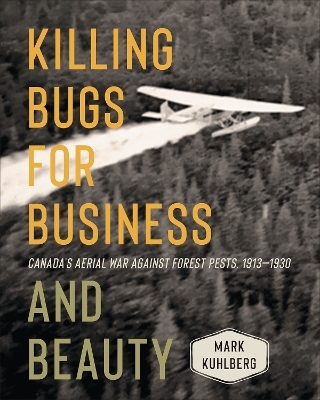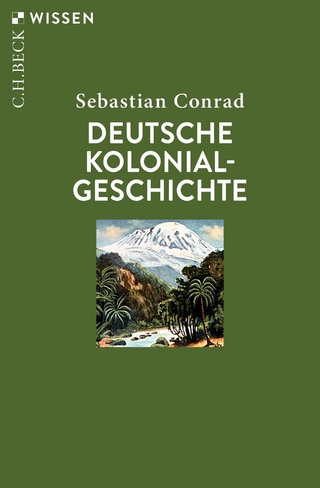
Killing Bugs for Business and Beauty
University of Toronto Press (Verlag)
978-1-4875-0897-5 (ISBN)
Killing Bugs for Business and Beauty examines the beginning of Canada’s aerial war against forest insects and how a tiny handful of officials came to lead the world with a made-in-Canada solution to the problem.
Shedding light on a largely forgotten chapter in Canadian environmental history, Mark Kuhlberg explores the theme of nature and its agency. The book highlights the shared impulses that often drove both the harvesters and the preservers of trees, and the acute dangers inherent in allowing emotional appeals instead of logic to drive environmental policy-making. It addresses both inter-governmental and intra-governmental relations, as well as pressure politics and lobbying. Including fascinating tales from Cape Breton Island, Muskoka, and Stanley Park, Killing Bugs for Business and Beauty clearly demonstrates how class, region, and commercial interest intersected to determine the location and timing of aerial bombings.
At the core of this book about killing bugs is a story, infused with innovation and heroism, of the various conflicts that complicate how we worship wilderness.
Mark Kuhlberg is a professor and MA Coordinator in the Department of History at Laurentian University and is a leading authority on Canada’s forest history.
Introduction: “The natural question is what can be done to destroy them?”
1. “Airplane dusting offers the only present hope”: Preparing to Take Canada’s War on Forest Insects to the Sky, 1886–1926
2. “One of the first aerial applications of an insecticide in forestry”: The Politics of Battling the Spruce Budworm in Nova Scotia, 1925–1927
3. “Fighting insect plagues is something new”: Aerial Dusting for Industrial Forestry in Ontario and Quebec, 1928–1929
4. “For the sake of this beautiful playground”: Killing the Hemlock Looper in Muskoka, 1927–1929
5. “You cannot control an infestation such as this with toys”: Poisoning Forest Pests in British Columbia, 1914–1929
6. “Carrying out this work, of a protective nature”: Combatting Forest Insects from the Air in Seymour Canyon and Stanley Park, British Columbia, 1929–1930
Conclusion: “We feel that the technique of airplane dusting has now been perfected”: Our Enigmatic View of Nature and the Lessons to be Drawn
| Erscheinungsdatum | 18.08.2021 |
|---|---|
| Zusatzinfo | 36 b&w illustrations |
| Verlagsort | Toronto |
| Sprache | englisch |
| Maße | 152 x 229 mm |
| Gewicht | 720 g |
| Themenwelt | Sachbuch/Ratgeber ► Natur / Technik ► Natur / Ökologie |
| Geisteswissenschaften ► Geschichte ► Regional- / Ländergeschichte | |
| Geschichte ► Teilgebiete der Geschichte ► Wirtschaftsgeschichte | |
| Naturwissenschaften ► Biologie ► Ökologie / Naturschutz | |
| Wirtschaft ► Volkswirtschaftslehre ► Finanzwissenschaft | |
| ISBN-10 | 1-4875-0897-2 / 1487508972 |
| ISBN-13 | 978-1-4875-0897-5 / 9781487508975 |
| Zustand | Neuware |
| Haben Sie eine Frage zum Produkt? |
aus dem Bereich


